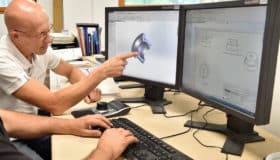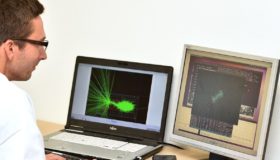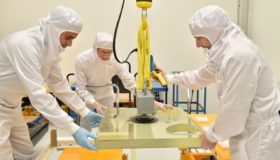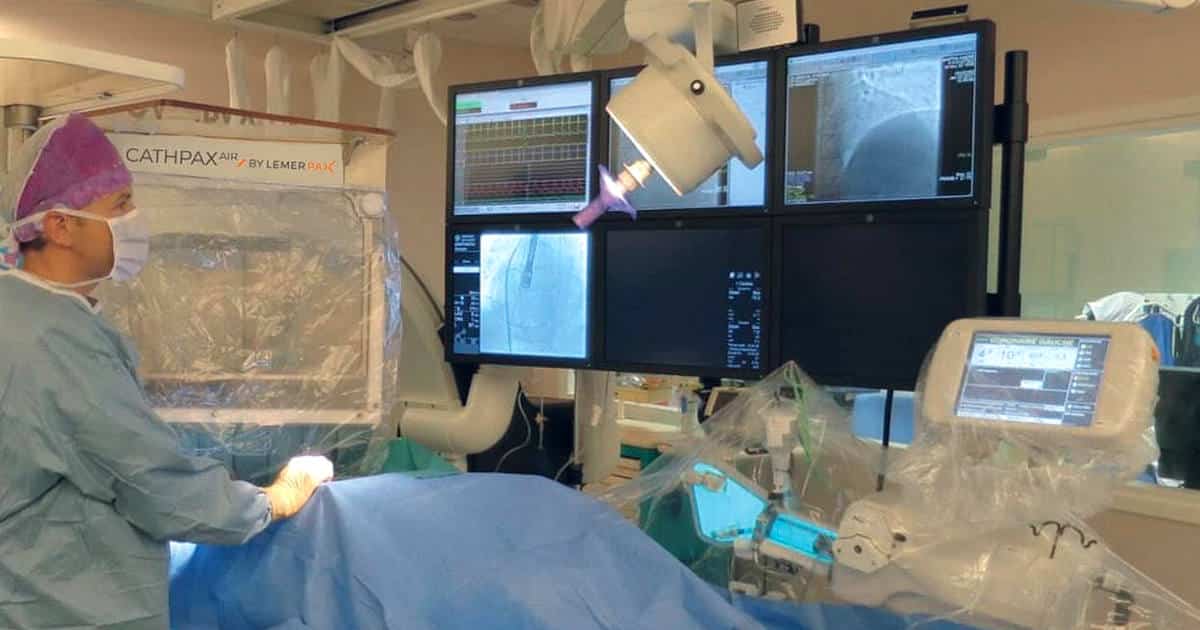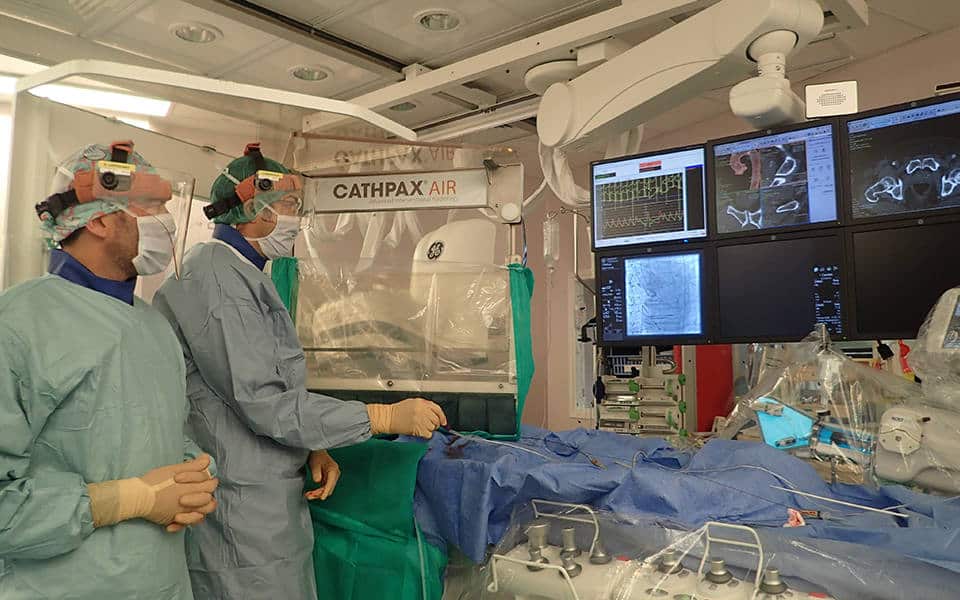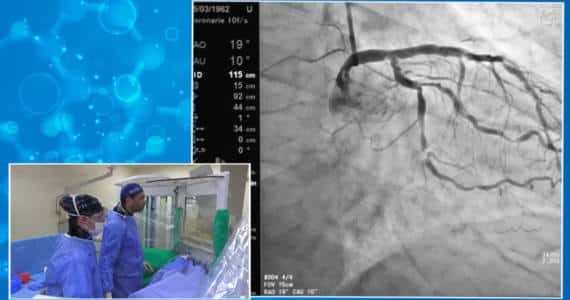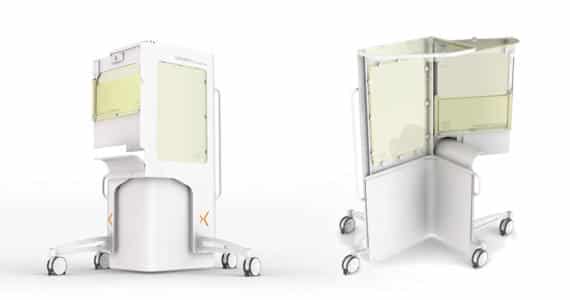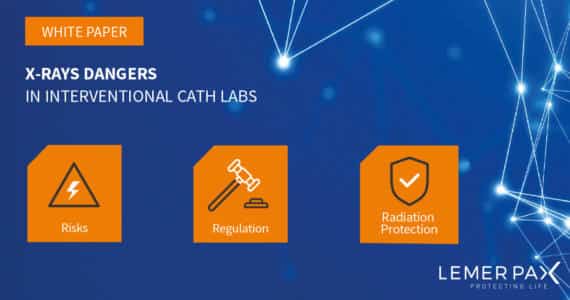Cathpax® AIR, a new optimal radiation protection solution to protect interventional radiologists, cardiologists and neurologists from exposure to health-threatening X-rays
The challenge: "Propose an optimum radiation protection solution to interventional cardiologists who are increasingly exposed to X-rays"
Minimally invasive surgical procedures performed by endovascular route are experiencing very significant growth due to the comfort they provide to the patient but also due to demographic factors such as ageing of the population and the rising number of people suffering from obesity and diabetes. The global market of devices for the percutaneous treatment of cardiac pathologies is expected to increase by more 8.9 % per year between 2021 and 2025 [1]. Interventional Cardiology has benefited from major technical progress resulting in an increase in the number of complex structural procedures (CTO, TAVI, Mitraclip, ASD, etc.). This trend has resulted in greater exposure of doctors to X-rays and therefore to the associated risks to their health.
Today, interventional physicians who are exposed to radiation and who are aware of the limited and piecemeal protection provided by PPE & CPE (Personal and Collective Protective Equipment) are looking for new technologies in terms of radiation protection in cath labs. Studies and training in radiation protection are behind the growing awareness of the risks involved. For example, an interventional cardiologist is exposed to 4 times more radiation than a radiologist, with a cumulative dose of up to 5 mSv/year [2]. A recent study on a group of 43 interventional practitioners suffering from a brain tumour demonstrated that in 85 % of the cases, the malignancy was located on the left, on the side of the X-ray transmitter [3]. For the medical teams led by Professor Guerin at the Laennec University Hospital, an intervention is considered fully successful when it meets its objectives with the patient, this is a prerequisite, but also when the practitioners are not exposed to radiation. Interventional physicians are now able to meet this challenge by systematically using Cathpax® AIR, a new radiation protection cabin.
[1] Source: Interventional Cardiology Devices Market 2021, MarketsandMarkets™
[2] Source: Picano E., et al., The Radiation Issue in Cardiology: the time for action is now. Cardiovasc Ultrasound 2012
[3] Source: A. Roguin: Radiation and your Brain: Possible measures to reduce radiation in your Cath Lab – Endovascular Today vol. 15 August 2016
